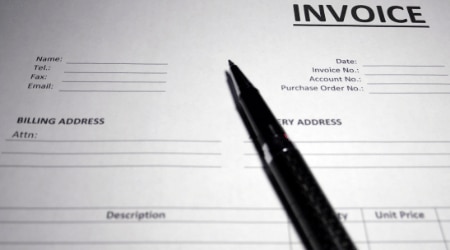If you’re a new self-employed business owner unfamiliar with how to create an invoice, it can be tough to know where to start.
First, enter your company information and the customer information for the party you are billing. Finally, provide a description of the product and/or service provided, and send the entire invoice to the customer via email, postal service or another preferred method of communication.
For a more detailed approach, there are nine types of invoices in accounts payable and accounts receivable procedures that you should be familiar with.















